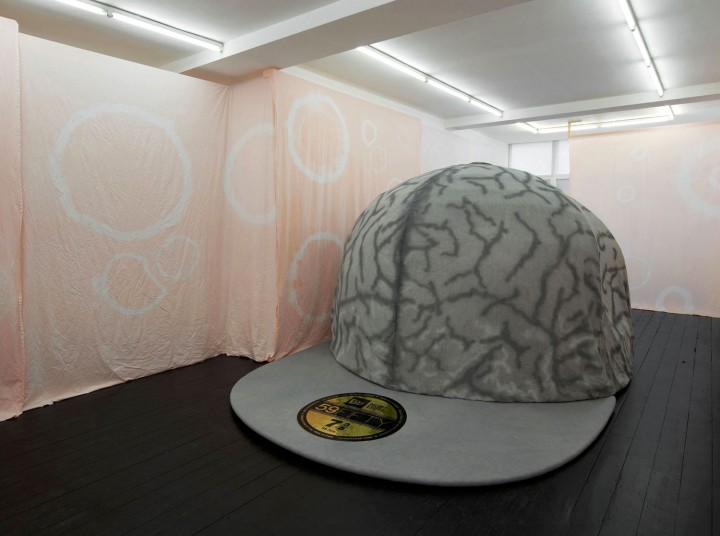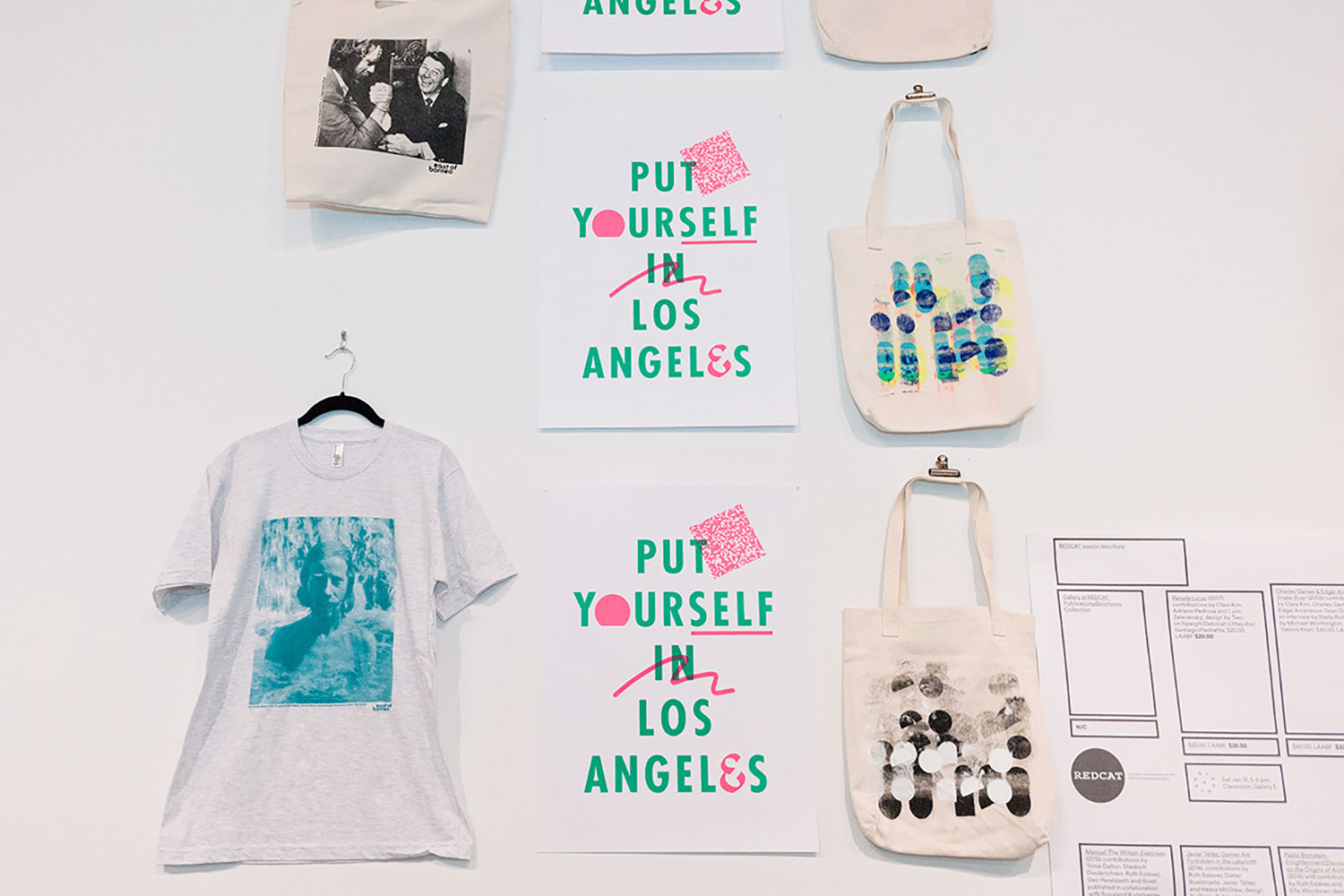As ALAC enters its sixth year, how have you seen the fair evolve? What concepts are you returning to from past fairs, and what aspects are new?
The main thing we’ve done is really believed in the recipe — the time of year, the location, the city and the galleries. The ratio of LA galleries versus out-of-town galleries has changed from what was important in the first years, when it was half and half and then one-quarter new galleries from out of town. A few years ago, without getting larger, we shifted to a slightly adjusted model, one-third from LA, two-thirds from the rest of the world, and really honed in on that recipe, with January as the time slot, not wanting to grow the fair. This year, keeping that recipe almost unchanged, we’re working with the same concept of scale while building and building on quality.
What’s different is that we’ll be working with wHY Architecture and Design — who worked on David Kordansky’s new space — to focus on the user/visitor experience and open up public spaces within the fair to hold on to people longer. Our international roster has also broadened and shifted, adding some galleries from all over, including i8 from Iceland and Johann König from Berlin. And we’re always excited to work with new galleries, so this year will feature LA-based Grice Bench, founded by artists Jon Pylypchuk and James Bay, as well as And Now from Dallas, which has only been around for about a year or two.
For some time now, ALAC has featured a range of artworks — from installations to performances — above and beyond pieces that can be bought and sold. How will you build on this in 2015?
That’s not an easy question to answer, since so many different people help build the program. Certainly, many galleries have ideas and are interested in moving beyond the white box into a more performative arena. Mark LeBlanc, a curator I’ve known since my Chicago days, is putting together a video/film program with some galleries in the fair — it’s a fun thing to have someone just walk in and do. In addition, our development director, Alex Couri, has been working closely with Amber Noland, the founder of Art Management, who works with a ton of amazing clients, and she’ll be giving an amazing talk on collection management — it won’t be dry at all, she’s very tuned into these types of things. If I had to pick one thing that will be new this year, it’s that we’re going to be doing a lot of lectures and talks and more traditional conversations.



